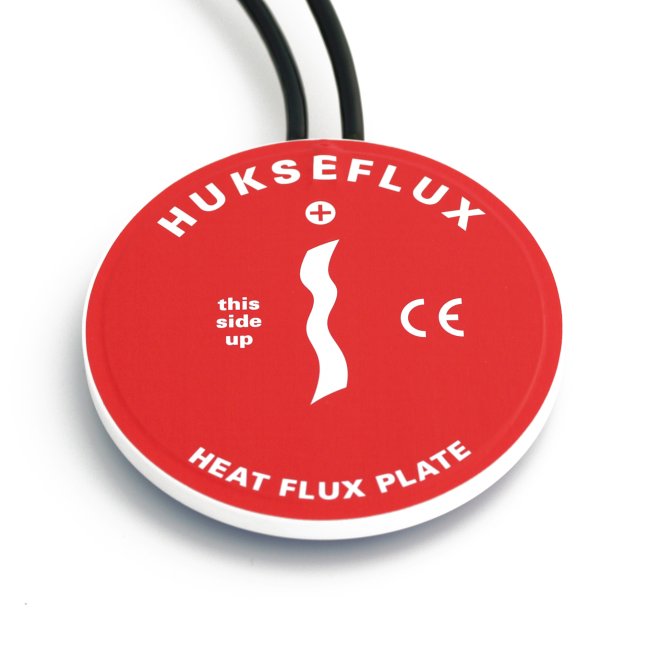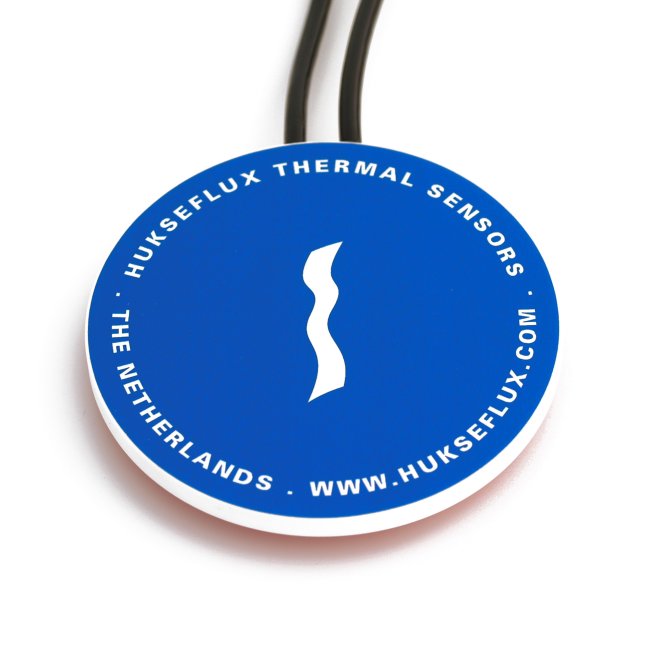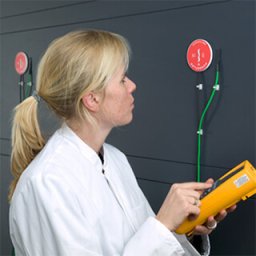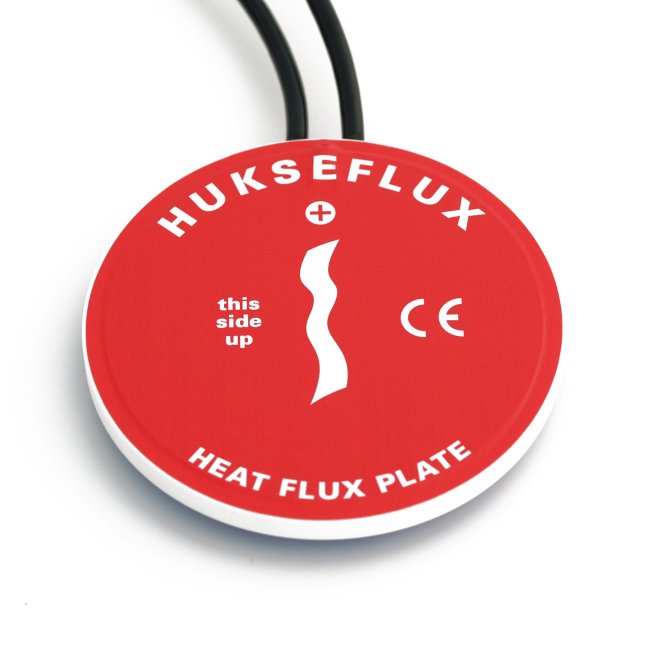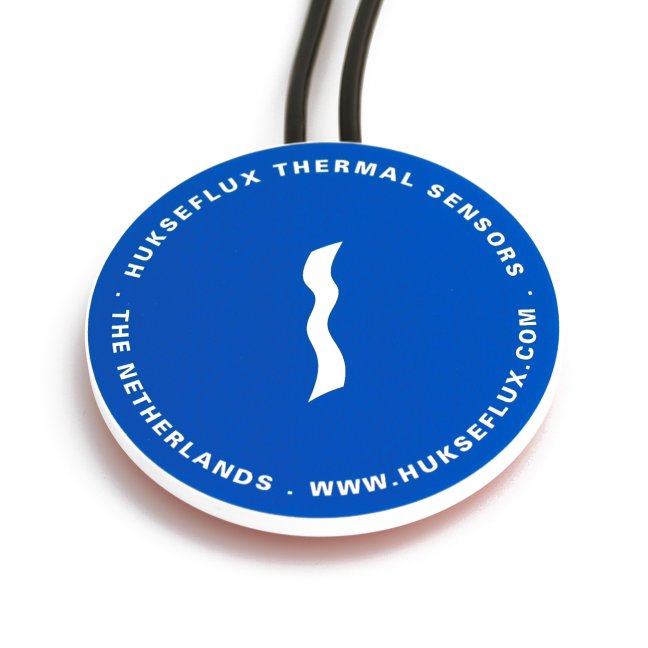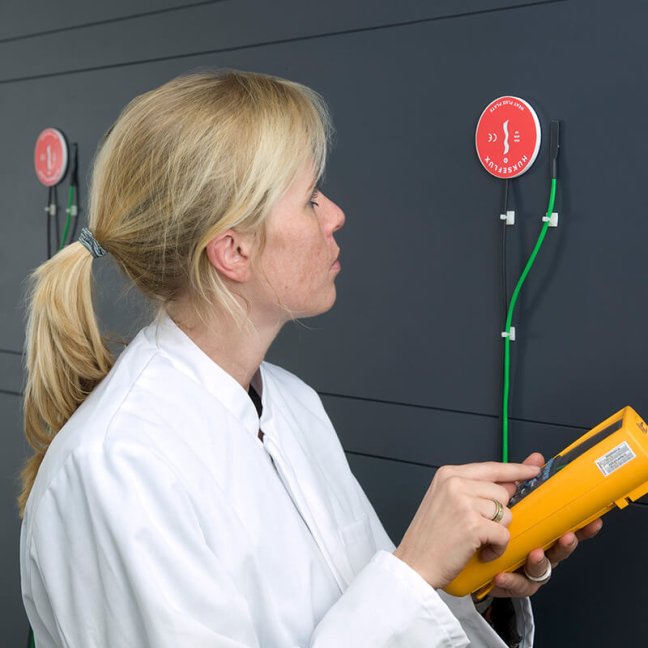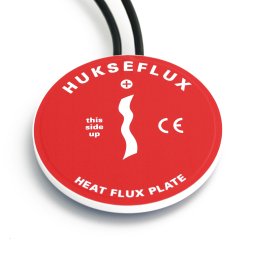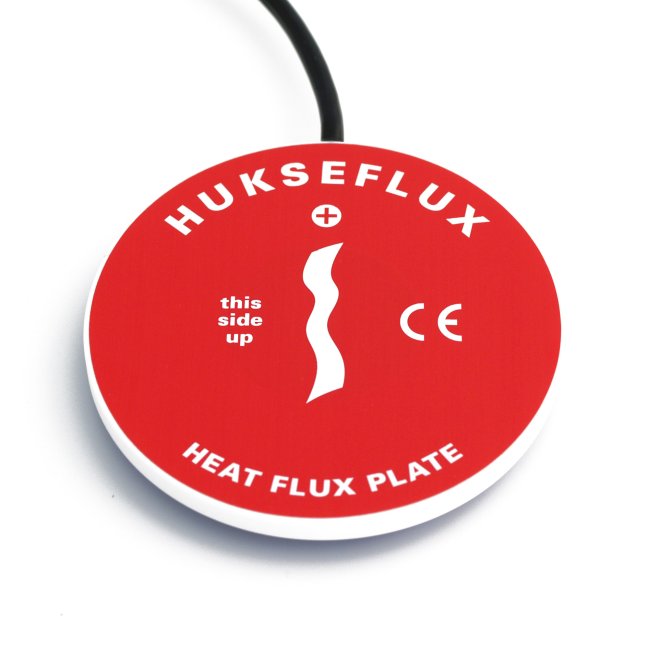Self-calibrating heat flux sensor
HFP01SC self-calibrating heat flux sensor™ is a heat flux sensor for use in the soil. It offers the best available accuracy and quality assurance of the measurement. The on-line self-test verifies the stable performance and good thermal contact of sensors that are buried and cannot be visually inspected and taken to the laboratory for recalibration. The self-test also includes self-calibration which compensates for measurement errors caused by the thermal conductivity of the surrounding soil (which varies with soil moisture content), for sensor non-stability and for temperature dependence.
Specifications
- heat flux
- -2000 to +2000 W/m²
- 60 x 10⁻⁶ V/(W/m)²
or contact us: info@hukseflux.com








